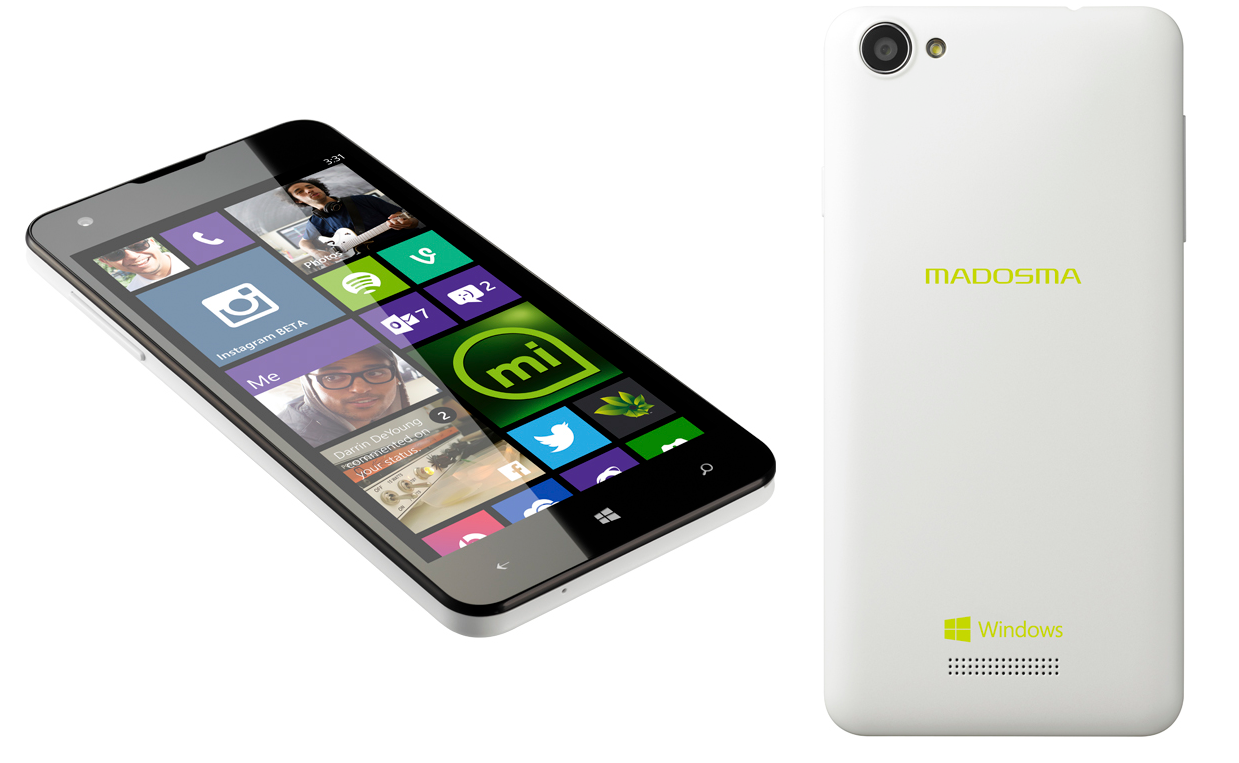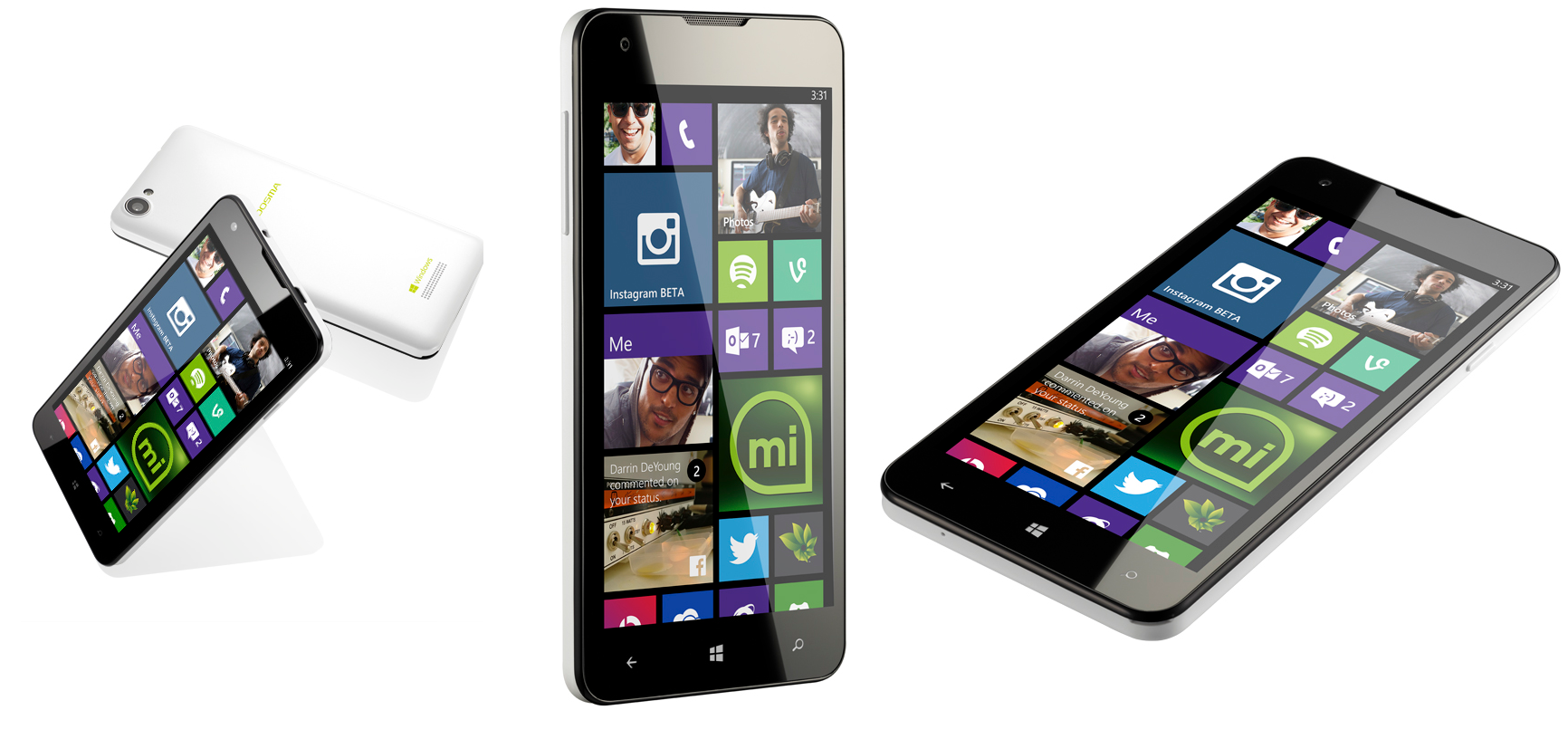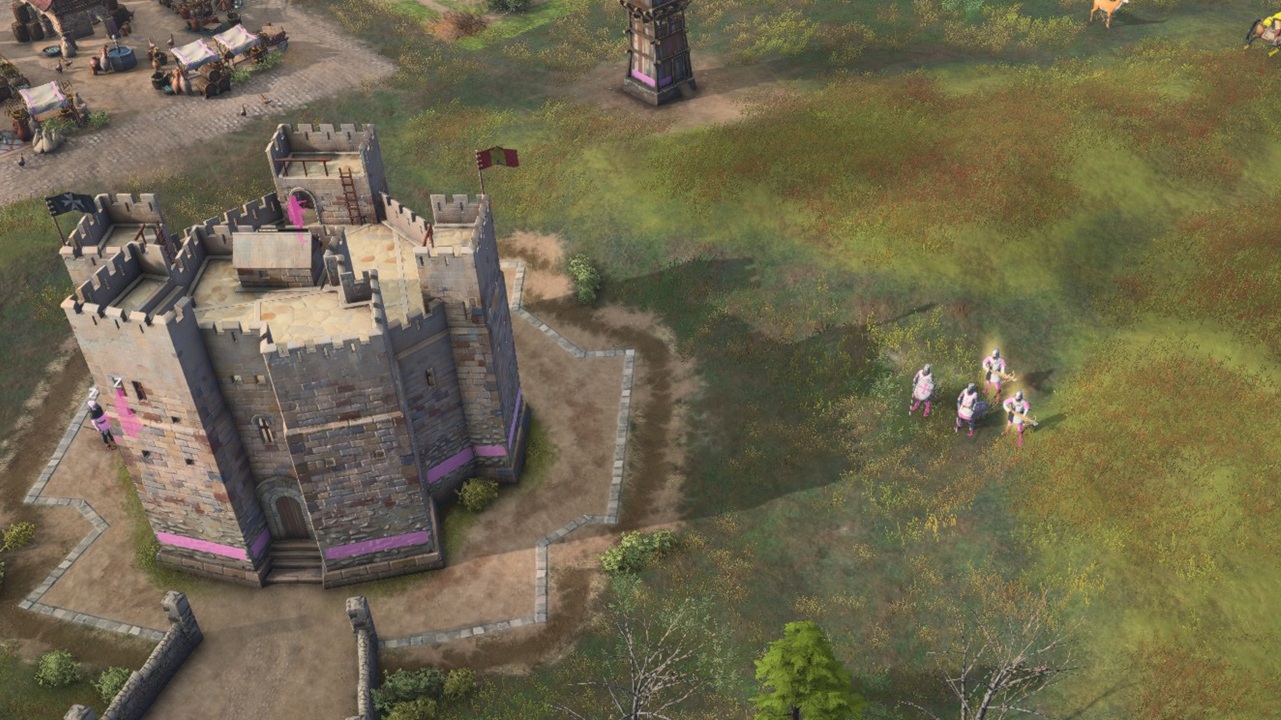Mouse Computer unveils MADOSMA Windows Phone for Japanese market

Microsoft has many challenges in the mobile world, and one of them is cracking the Japanese market. Previously, the company had a few offerings and partnerships, specifically with Toshiba for Windows Phone 7 (the Toshiba-Fujitsu IS12T from 2012). Since then, the OS has floundered there even worse than in the US.
Now, Mouse Computer, a Japanese PC OEM, who has some significant presence in the region, is detailing their new Windows Phone. Named MADOSMA (Mado = window in Japanese. Sma = Smartphone) the device sports some decent mid-range specifications.

Mouse Computer MADOSMA
| Category | Features |
|---|---|
| Operating System | Windows Phone 8.1 Update |
| CPU | Qualcomm Snapdragon 410 MSM8916 at 1.2 GHz |
| Storage / RAM | 8GB / 1GB |
| Expansion | micro SD |
| Battery | 2300 mAh |
| Display | 5-inch 1280 x 720 IPS |
| Size | 142.8x70.4x8.4mm |
| Weight | 125g |
| Bands | WCDMA: BAND1/8/19(6) / LTE: BAND1/3/19 (CAT4) / micro SIM |
Overall, the phone looks to share many of the same features as white-label phones like the BLU Win HD LTE. In fact, another Japanese company named Freetel is releasing a rebranded Win HD LTE sometime this summer. This release would mark at least two new Windows Phone for the Japanese market, hopefully boosting the 1% MIcrosoft market share in that country.
Mouse Computer and Microsoft had previously announced a partnership nearly two months ago. However, no word on exact pricing or availability has been announced.
Source: Mouse-jp.com; Big thanks to lifelower for the tip!
Get the Windows Central Newsletter
All the latest news, reviews, and guides for Windows and Xbox diehards.

Daniel Rubino is the Editor-in-chief of Windows Central. He is also the head reviewer, podcast co-host, and analyst. He has been covering Microsoft since 2007 when this site was called WMExperts (and later Windows Phone Central). His interests include Windows, laptops, next-gen computing, and wearable tech. He has reviewed laptops for over 10 years and is particularly fond of 2-in-1 convertibles, Arm64 processors, new form factors, and thin-and-light PCs. Before all this tech stuff, he worked on a Ph.D. in linguistics, performed polysomnographs in NYC, and was a motion-picture operator for 17 years.
